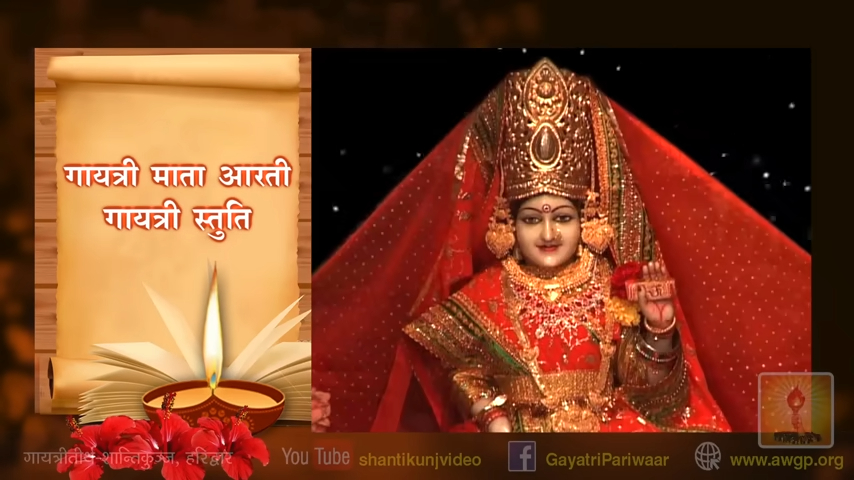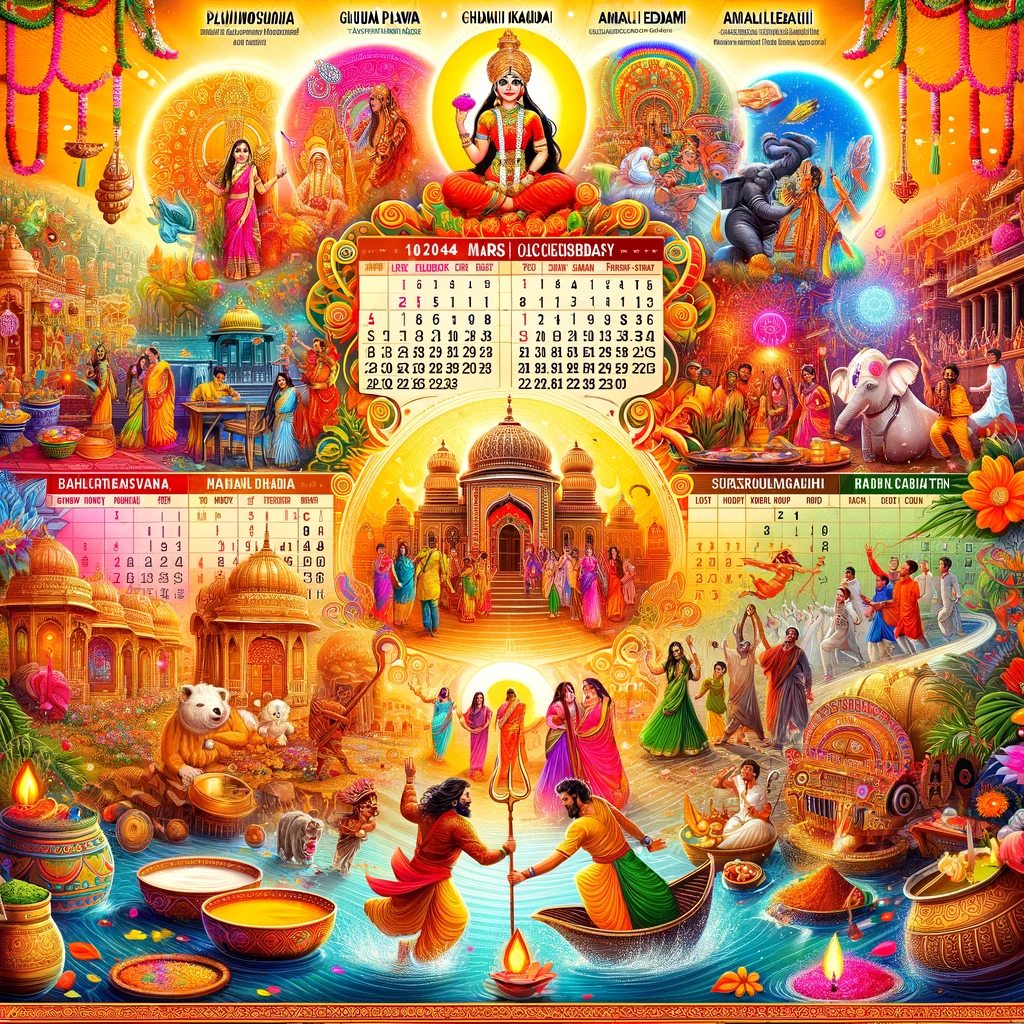
Navratri’s each day represents a different manifestation of the Goddess and holds unique significance. Navratri, meaning “nine nights,” is celebrated with great fervor across India and marks the triumph of good over evil. This festival is also closely associated with the autumn harvest and the transition of seasons, signifying renewal and hope.
Let’s look at the significance of each day in Navratri and understand the spiritual essence behind each day.
Day 1: Shailputri – The Daughter of the Mountain
The first day of Navratri is dedicated to Goddess Shailputri, meaning “daughter of the mountain.” Shailputri, also known as Parvati, is the embodiment of the earth’s energy and strength. She is often depicted riding a bull, holding a trident, and a lotus.
Shailputri is worshiped for her embodiment of nature’s force and the nurturing qualities of motherhood. On this day, devotees seek her blessings for a balanced and prosperous life, and to build a strong foundation of inner strength. The color of the day is red, symbolizing vigor, passion, and the strength required to begin the journey of Navratri.
Day 2: Brahmacharini – The Ascetic Goddess
On the second day, Goddess Brahmacharini is worshipped. She is the ascetic form of Parvati, meditating in penance for attaining Lord Shiva as her consort. Brahmacharini symbolizes perseverance, penance, and dedication.
Devotees seek her blessings for wisdom, strength, and emotional control. She teaches that patience and devotion can conquer any obstacle. The color associated with this day is blue, representing calmness and tranquility, the essence of deep spiritual pursuit.
Day 3: Chandraghanta – The Warrior Goddess
Day three is dedicated to Goddess Chandraghanta, who represents the fierce and warrior form of the Goddess. With a crescent moon on her forehead, she is the epitome of courage, ready to battle all forms of evil. Chandraghanta rides a tiger and carries several weapons to protect her devotees from harm.
This day emphasizes the balance between inner peace and the readiness to fight injustice. Devotees invoke her blessings for protection, courage, and victory over their challenges. The color for this day is yellow, signifying brightness and clarity.
Day 4: Kushmanda – The Creator of the Universe
On the fourth day, Goddess Kushmanda is worshipped. She is believed to have created the universe with her divine smile and is the source of all cosmic energy. Kushmanda symbolizes the creative power of life and is the provider of all warmth and vitality.
Worshippers seek her blessings for health, energy, and creative potential. This day signifies the growth and flourishing of life. The color associated with this day is green, representing nature, life, and fertility.
Day 5: Skandamata – The Mother of Lord Skanda
The fifth day of Navratri is dedicated to Goddess Skandamata, the mother of Lord Skanda (Kartikeya), the God of war. Skandamata is the embodiment of motherhood, selflessness, and unconditional love. She is depicted holding her son on her lap and symbolizes the nurturing power of a mother.
Devotees worship her to seek her blessings for family happiness, well-being, and success in their children’s lives. The color for this day is white, symbolizing purity, peace, and the divine love of a mother.
Day 6: Katyayani – The Fierce Form of the Goddess
Day six is dedicated to Goddess Katyayani, the fierce and warrior form of Durga. She is known for defeating the demon Mahishasura and is one of the most powerful forms of the Goddess. Katyayani rides a lion and carries weapons of destruction to protect righteousness.
Worshippers on this day seek her blessings for courage and victory in overcoming personal and societal challenges. The color associated with this day is orange, signifying strength, bravery, and enthusiasm.
Day 7: Kalaratri – The Dark Goddess of Destruction
On the seventh day of Navratri, Goddess Kalaratri is worshipped. She is the most terrifying form of Durga, symbolizing the destruction of ignorance, fear, and negativity. Kalaratri is depicted as dark-skinned, riding a donkey, with fire in her breath and a menacing posture.
This day signifies the end of darkness and ignorance, making way for wisdom and light. Devotees worship her to eliminate fear and to purify their minds. The color for this day is black, representing the destruction of evil and the fearlessness required to face adversity.
Day 8: Mahagauri – The Goddess of Purity
The eighth day, also known as Ashtami, is dedicated to Goddess Mahagauri, who is the epitome of purity and serenity. She is depicted in radiant white and is known for her ability to wash away the sins of her devotees, offering them inner peace and tranquility.
Mahagauri is worshipped to purify the soul, absolve sins, and bring peace into one’s life. The color associated with this day is pink, symbolizing hope, beauty, and compassion.
Day 9: Siddhidatri – The Giver of Supernatural Powers
The ninth day, known as Navami, is dedicated to Goddess Siddhidatri, who is believed to possess supernatural powers (siddhis). She sits on a lotus and is worshipped for her divine ability to grant knowledge, wisdom, and enlightenment.
Devotees on this day seek her blessings to achieve spiritual fulfillment and the realization of their ultimate purpose in life. The color of the day is purple, symbolizing ambition and the search for deeper understanding and spirituality.







